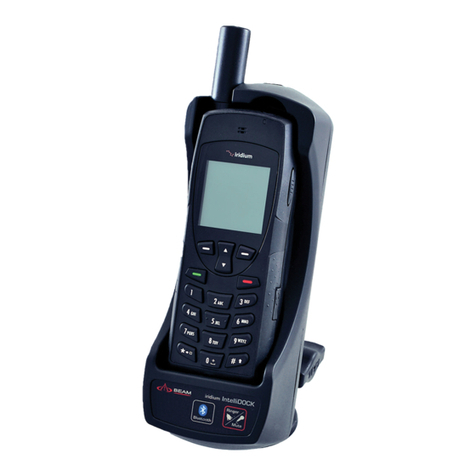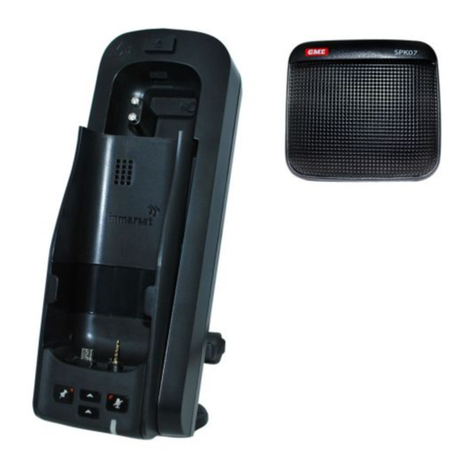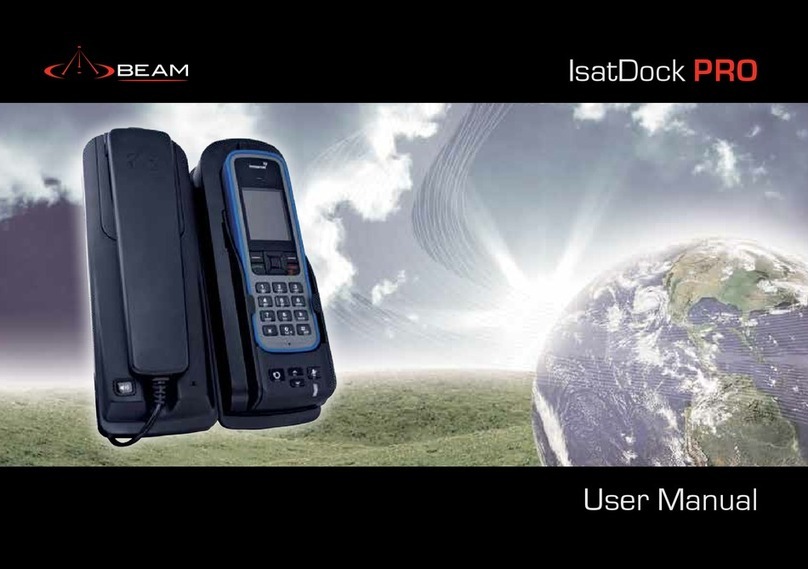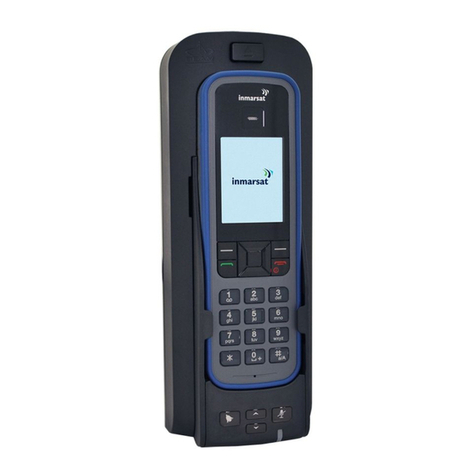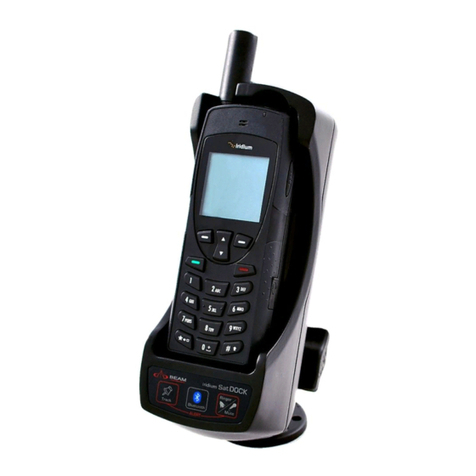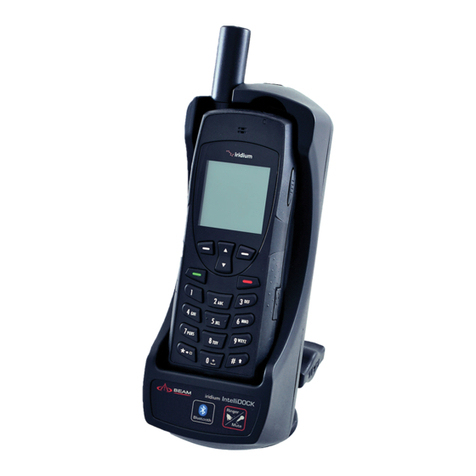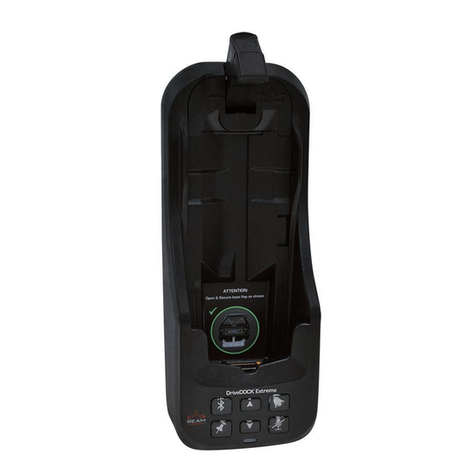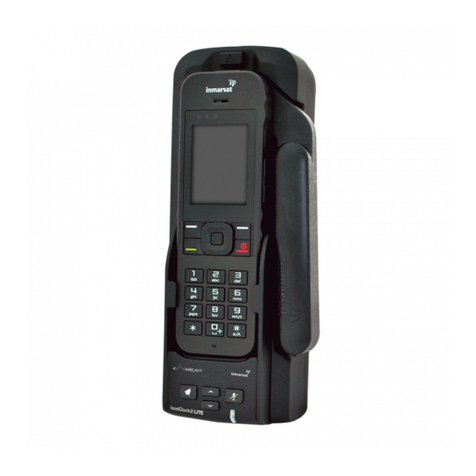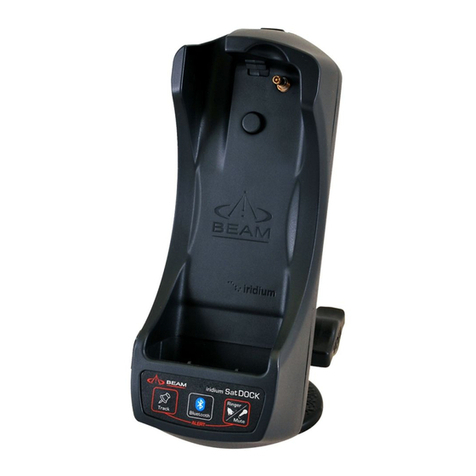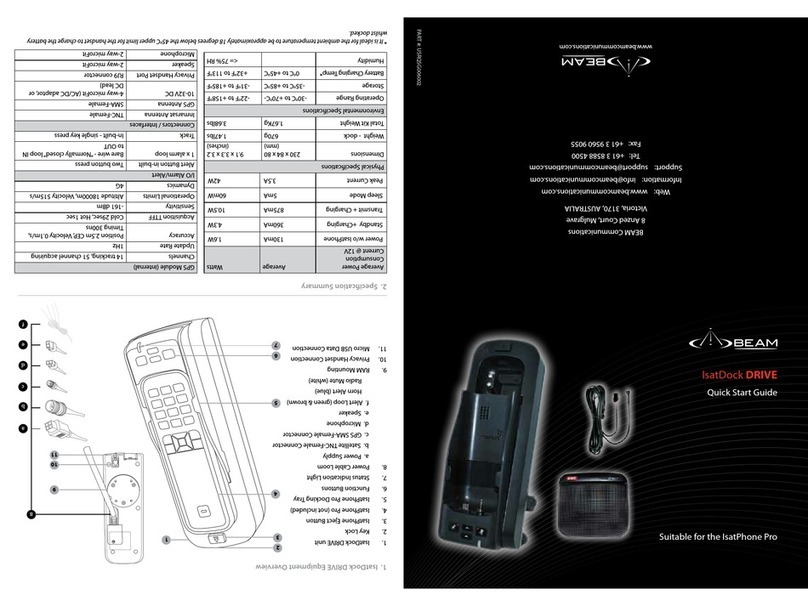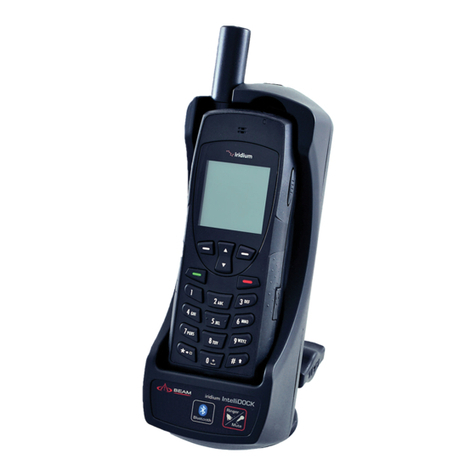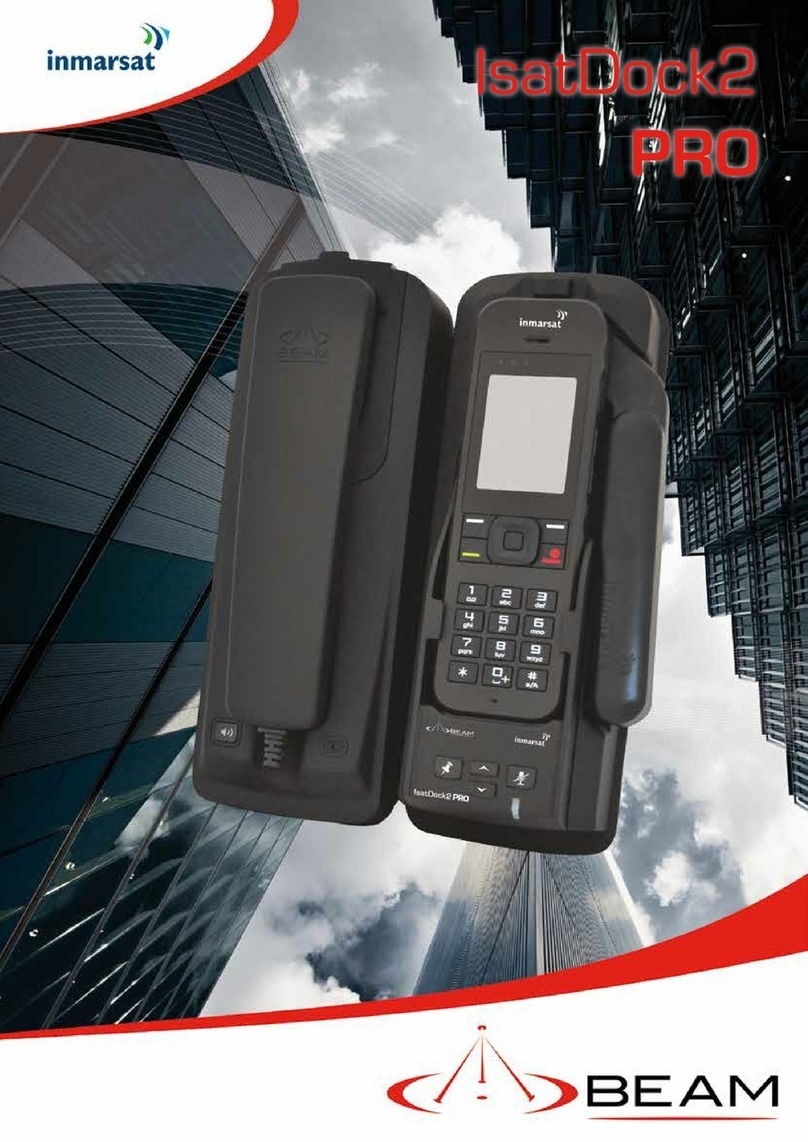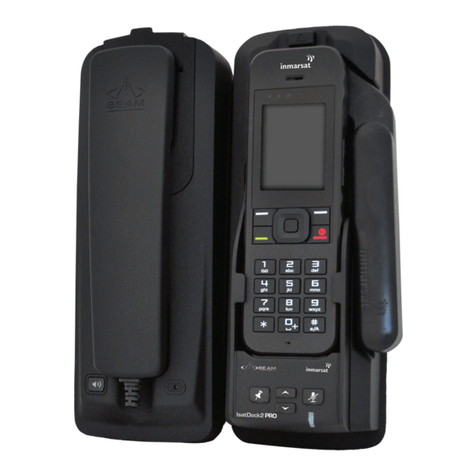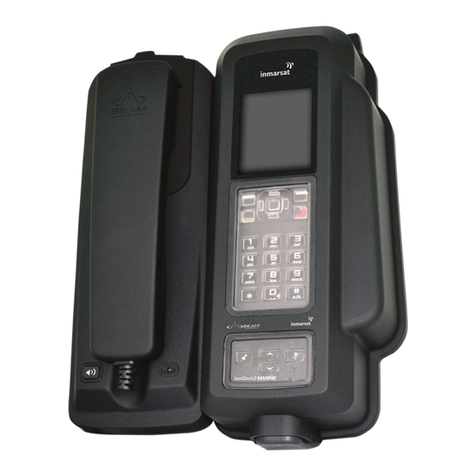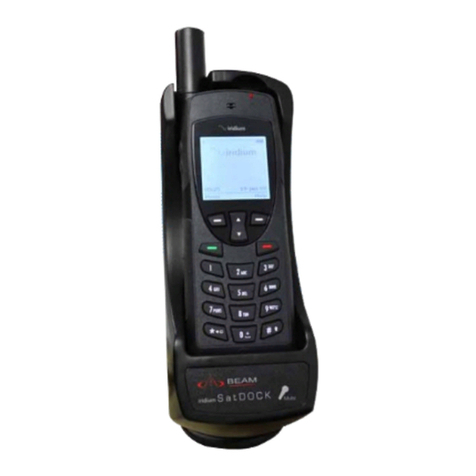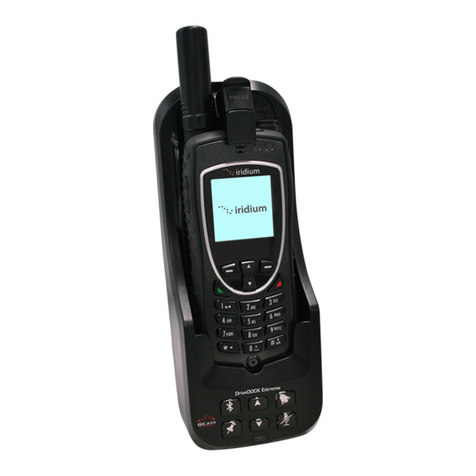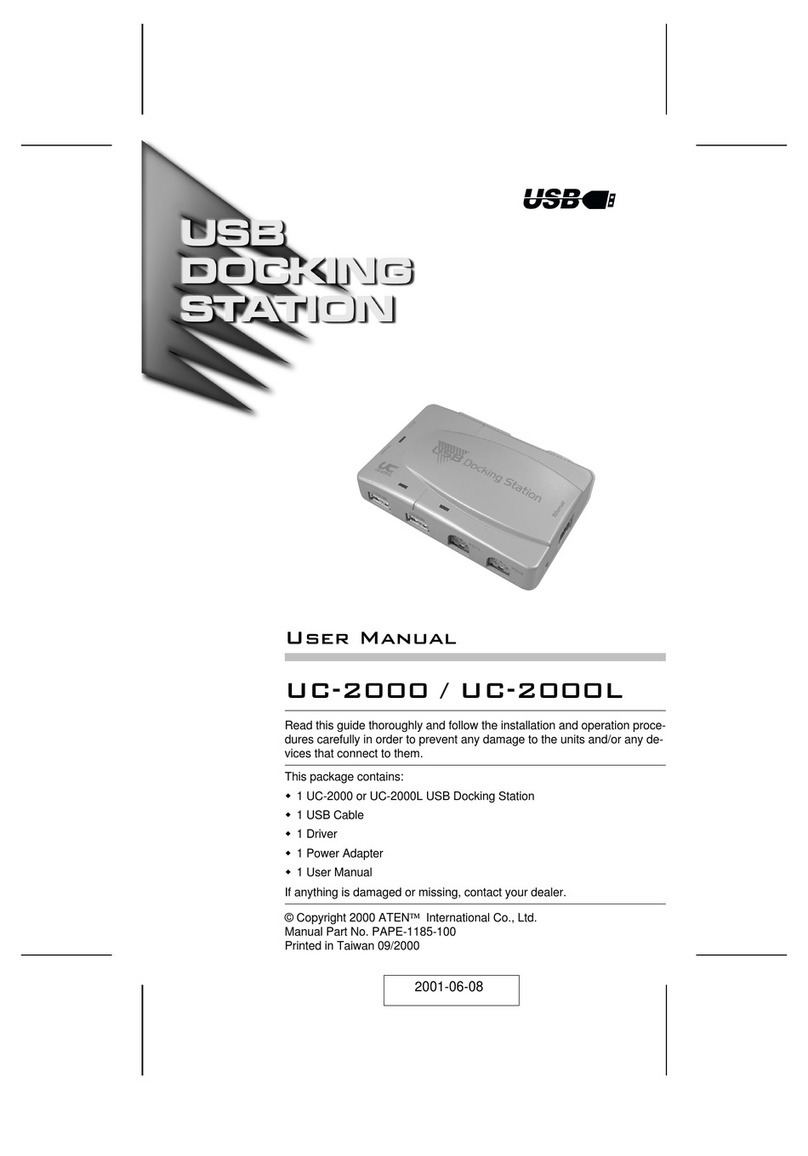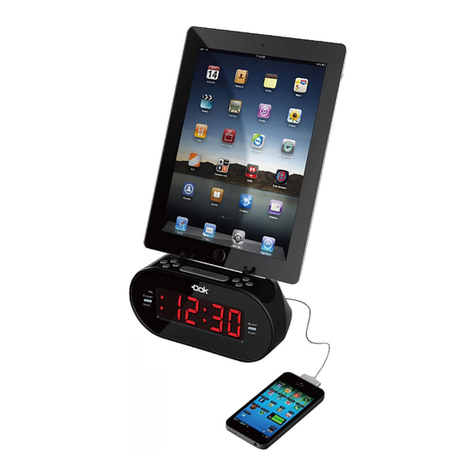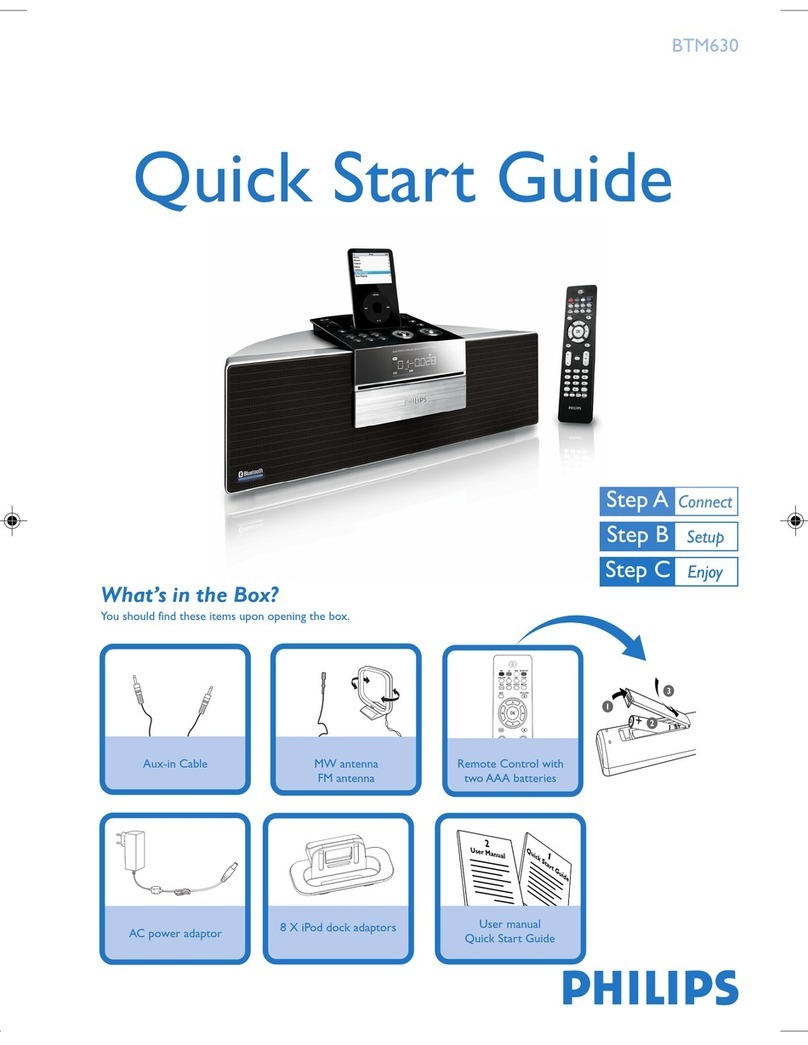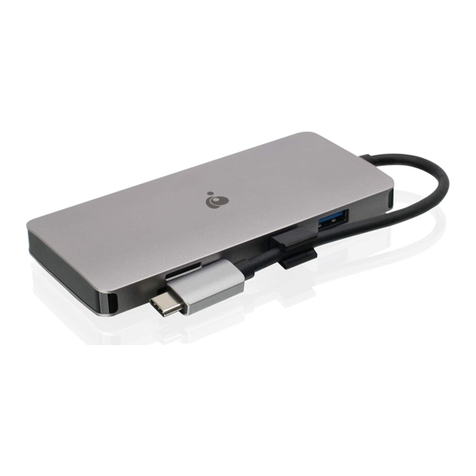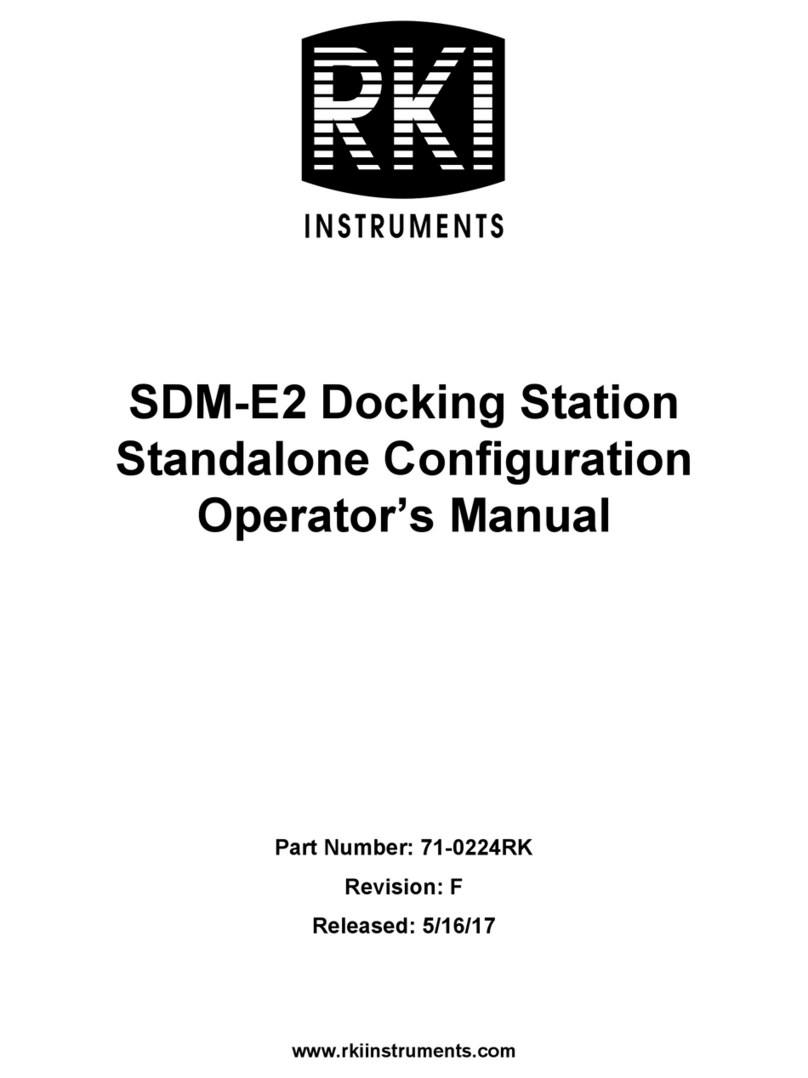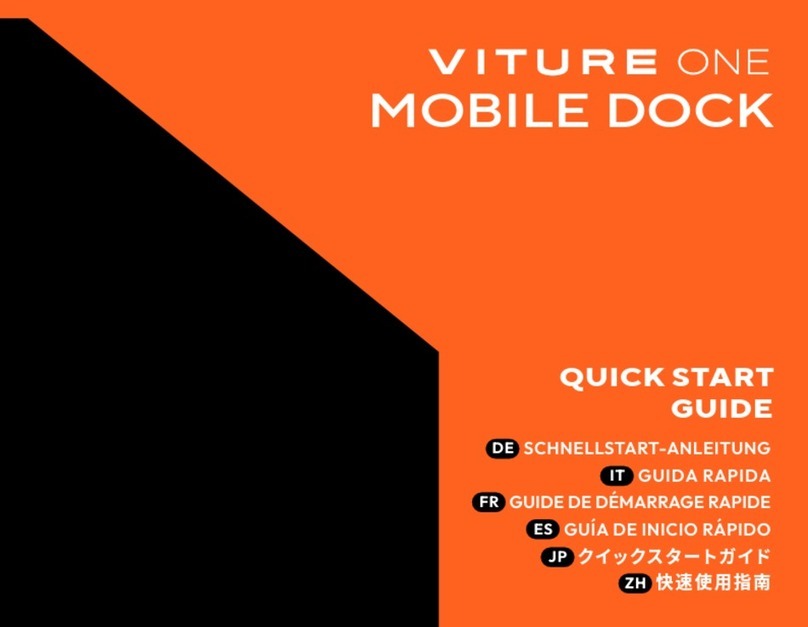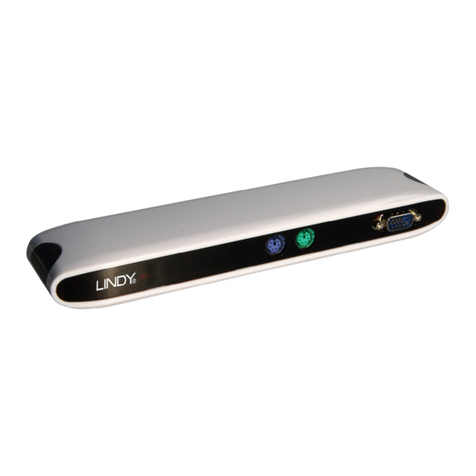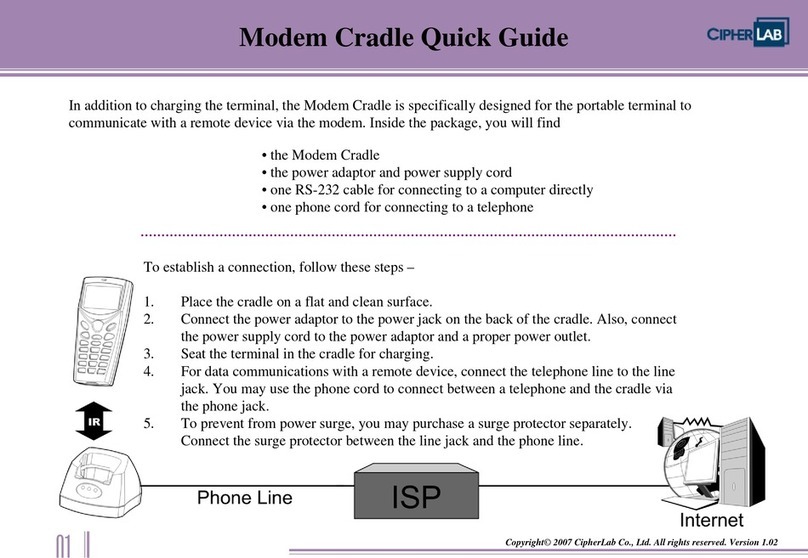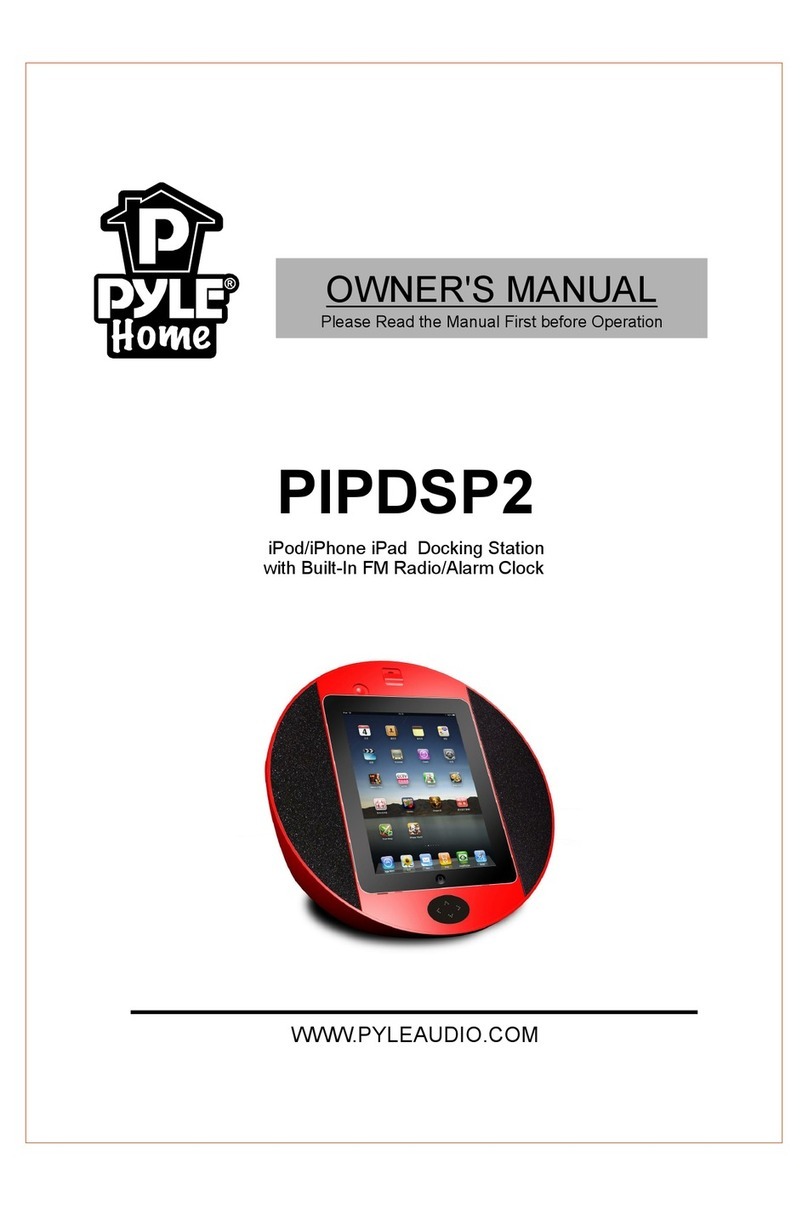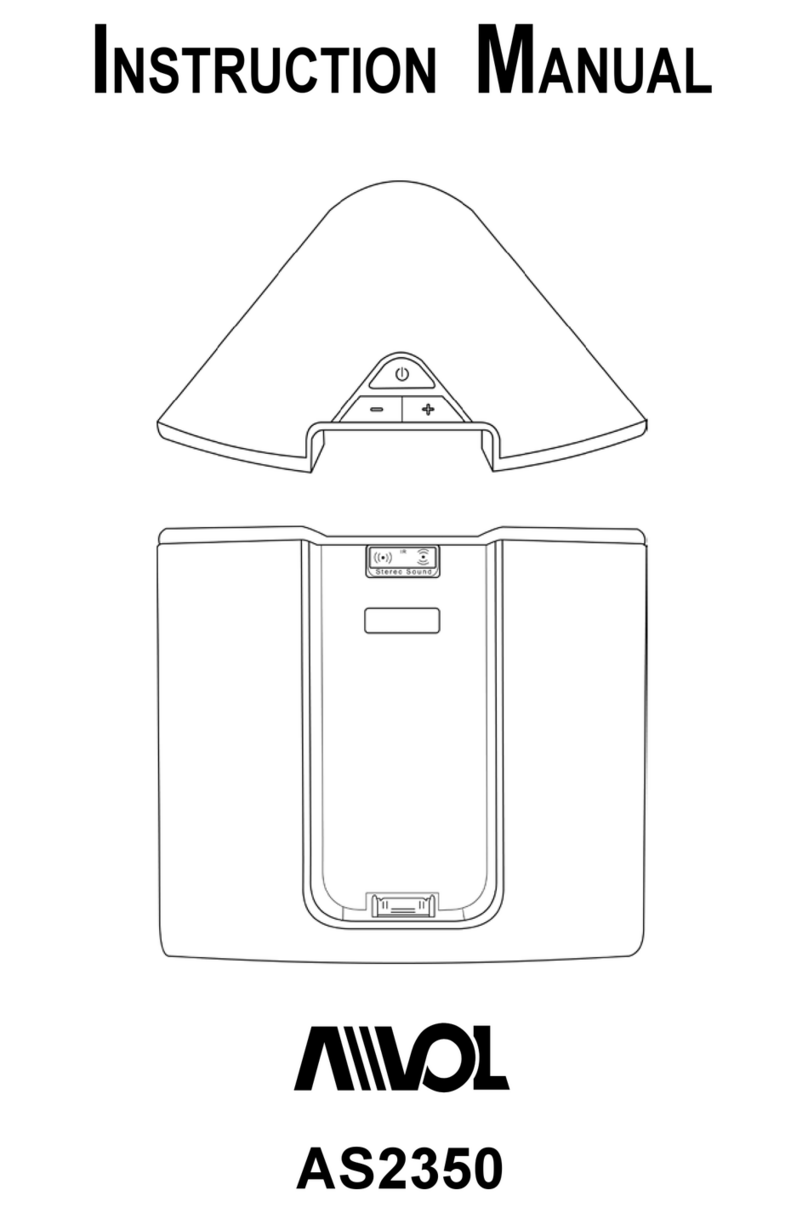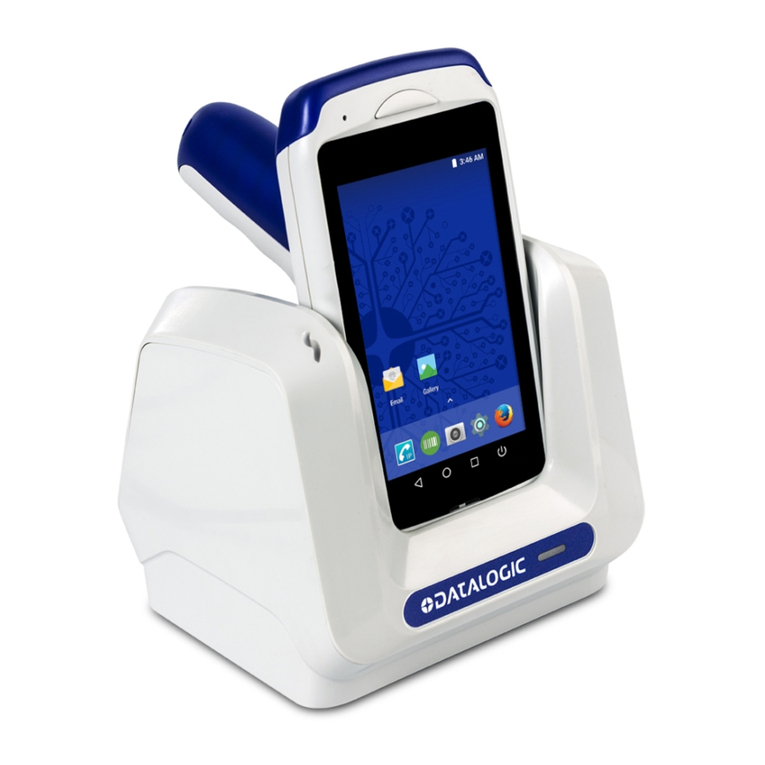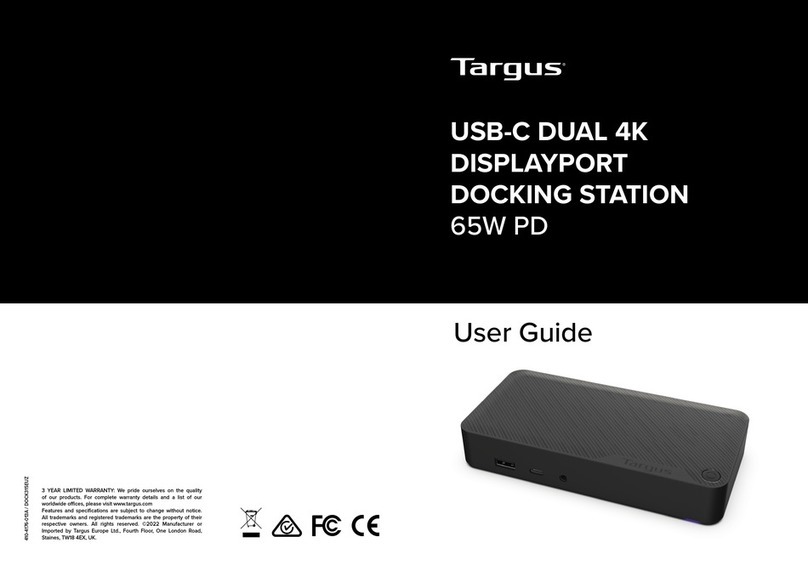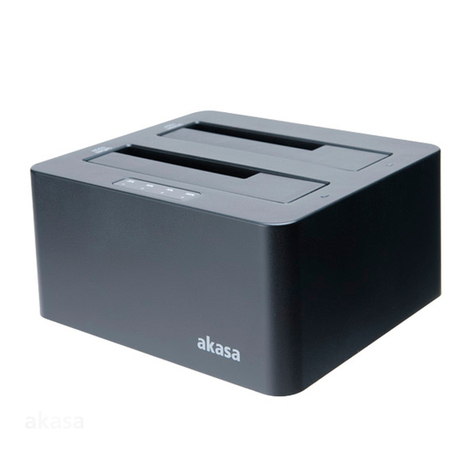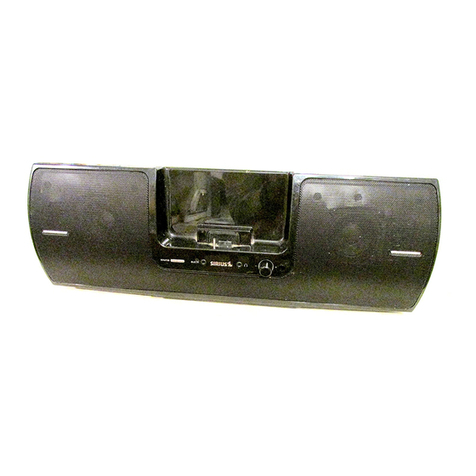10 11
Thesestandardsarebasedonextensivescienticreview
by scientists, engineers, and physicians from universities,
government health agencies, and industry groups. They
review the available body of research to develop ANSI
standard. These ANSI standards are reviewed regularly for
research development.
◊ Do not operate your satellite telephone when a person is
within 1 foot (30 centimeters) of the antenna. A person or
object within 1 foot (30 centimeters) of the antenna could
impair call quality and may cause the phone to operate
at a higher power level than necessary and expose that
person to RF energy in excess of that established by the
FCC RF Exposure Guidelines.
◊ As a precaution, please maintain the maximum
body distance possible from the antenna during call
transmission.
Electronic Devices
Most modern electronic equipment is shielded from RF signals.
However, certain equipment may not be shielded against the
RF signals from your wireless phone.
Pacemakers
The Health Industry Manufacturers Association recommends
that a minimum separation of six inches (6”) be maintained
between a wireless phone’s antenna and a pacemaker to
avoid potential interference with the pacemaker. These
recommendations are consistent with the independent research
by and recommendations of Wireless Technology Research.
WARNING: ROAD SAFETY COMES FIRST!
Do not use a hand-held cellular terminal, satellite phone
or mobile when driving a vehicle, unless it is securely
mounted in a holder for speaker phone operation.
Before making a call with a handheld terminal, satellite
phone or mobile, park the vehicle stationary. Please obey
local road laws for hands-free speakerphone operation.
Speakerphones (hands-free) must be installed by
qualied personnel. Faulty installation or operation can
constitute a safety hazard.
IMPORTANT!
Cellular & Satellite terminals or mobiles operate using
radio signals and communication networks. Because
of this, the connection cannot be guaranteed at all
times or under all conditions. Therefore, you should
never rely solely upon any wireless device for essential
communications, for example emergency calls.
Persons with pacemakers:
◊ Should ALWAYS keep the phone more than six inches
from their pacemaker when phone is turned ON
◊ Should turn the phone OFF immediately if you have any
reason to suspect interference is taking place
Other Medical Devices
If you use any other personal medical device, consult the
manufacturer of your device to determine if it is adequately
shielded from external RF energy. Your physician may be able
to assist you in obtaining this information.
Turn your phone OFF in health care facilities when any
regulations posted in these areas instruct you to do so. Hospitals
or health care facilities may be using equipment that could be
sensitive to external RF energy.
Vehicles
RF signals may affect improperly installed or inadequately
shielded electronic systems in motor vehicles. Check with the
manufacturer or its representative regarding your vehicle. You
should also consult the manufacturer of any equipment that
has been added to your vehicle.
Performance of electronically controlled brake and/or guidance
systems can, under certain unique conditions, be subject
to interference by mobile radio operation. Although the
transceiver exceeds all requirements regarding RF emissions,
you should mount the transceiver as far as possible from the
guidance system and/or braking modulator box (usually located
in the trunk) to minimize any interference.
Posted Facilities
Turn your phone OFF in any facility where posted notices
require such as hospitals and on-board aircraft.
Aircraft
Airline regulations prohibit using your phone while in the air.
Consult the local Aviation Authority for guidelines on use of
the equipment on board an aircraft.
For Vehicles Equipped with an Air Bag
Anairbaginateswithgreatforce.
Do NOT place objects, including both installed and portable
wireless equipment, in the area over the air bag or in the air bag
deployment area.
If in-vehicle wireless equipment is improperly installed and the
airbaginates,seriousinjurycouldresult.


